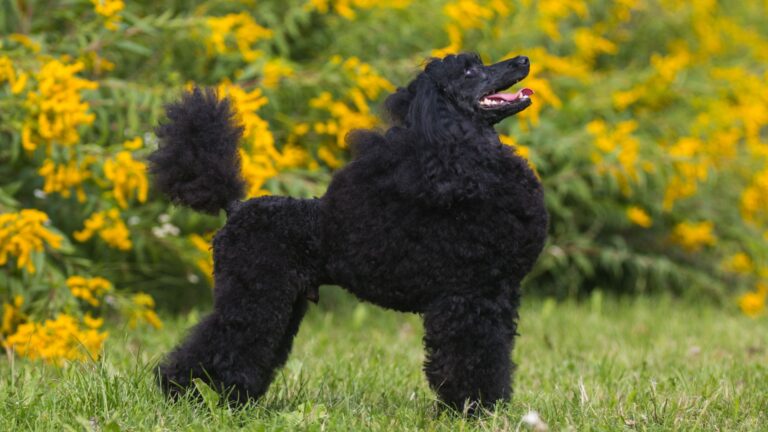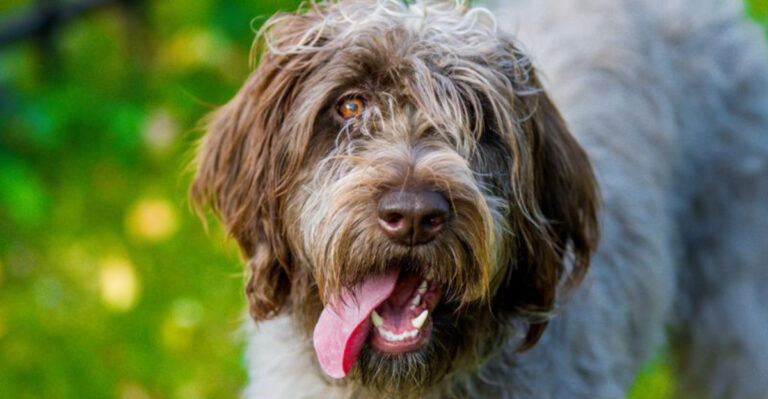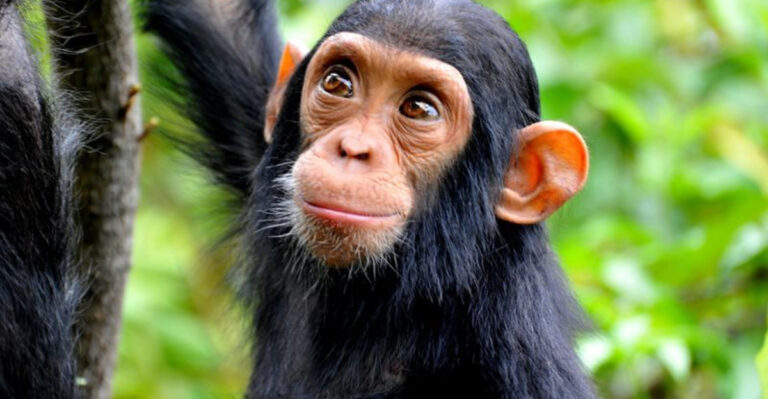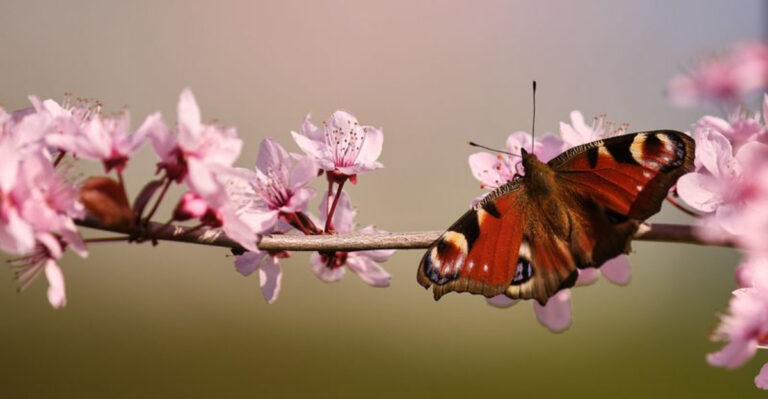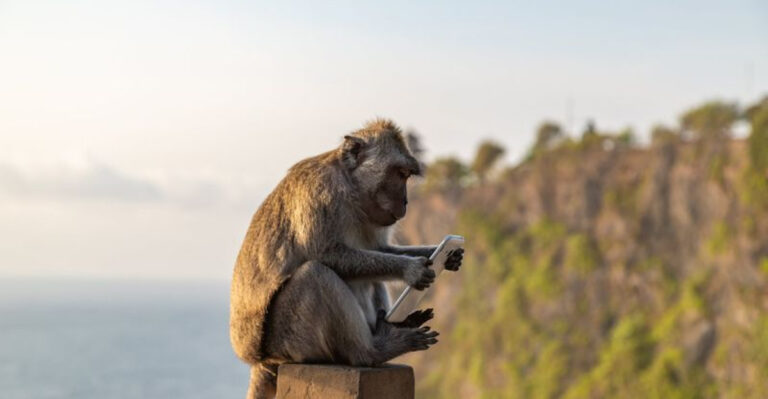17 Animals That Should Never Be Released Back Into The Wild
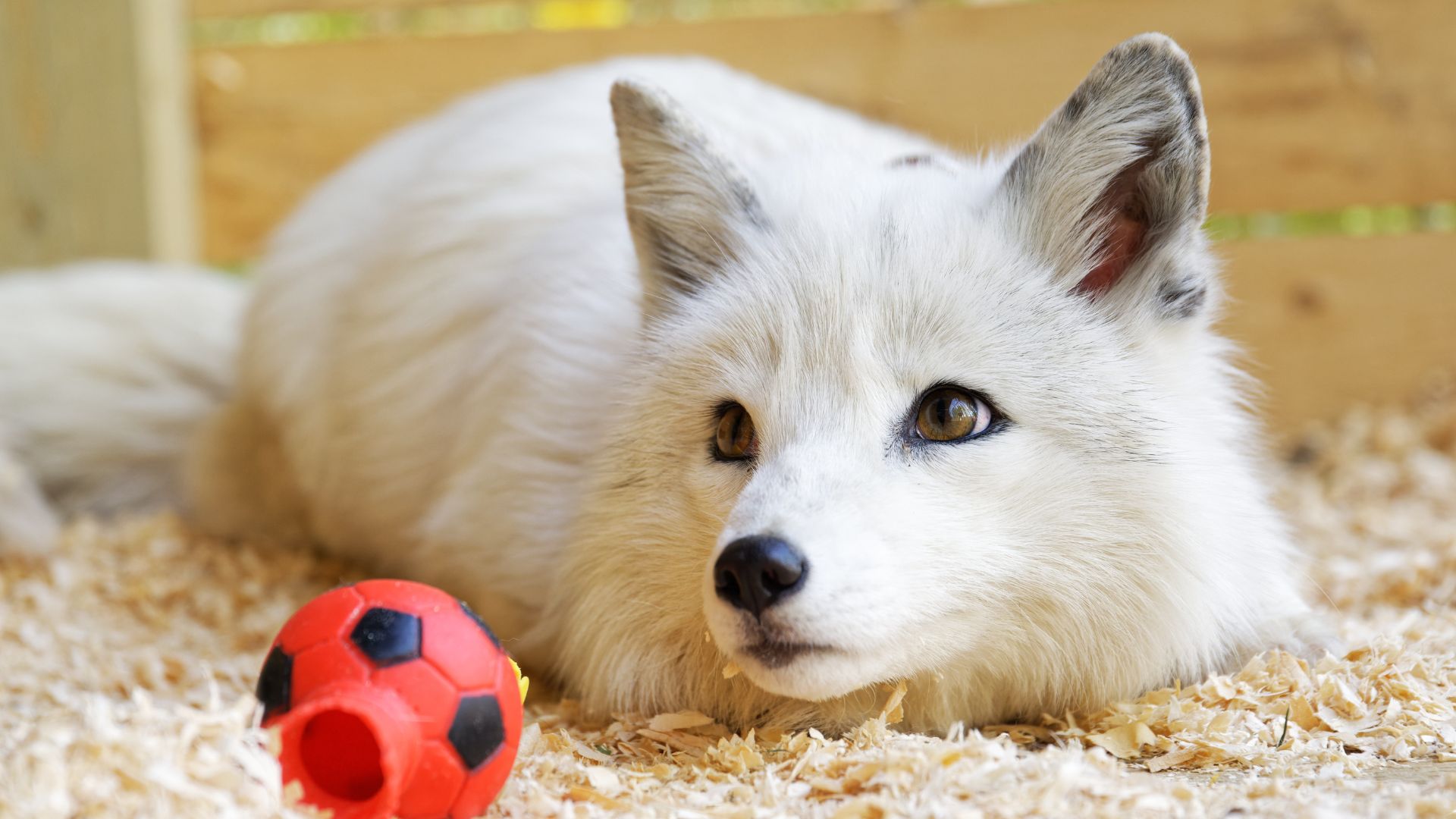
Releasing captive animals back into the wild may seem like a way to restore their natural freedom, but for many species, it’s not the happy ending it appears to be. Animals that have been bred or raised in captivity often lack the survival skills needed to thrive in the wild.
From domesticated dogs to exotic reptiles, these animals may face serious challenges if released—ranging from a lack of food sources to an inability to defend themselves against predators. Moreover, releasing non-native species into the wild can disrupt local ecosystems and harm native wildlife.
In this list, we’ll explore 17 animals that should never be returned to the wild and why it’s crucial to understand the implications of such actions.
1. Captive-Bred Parrots
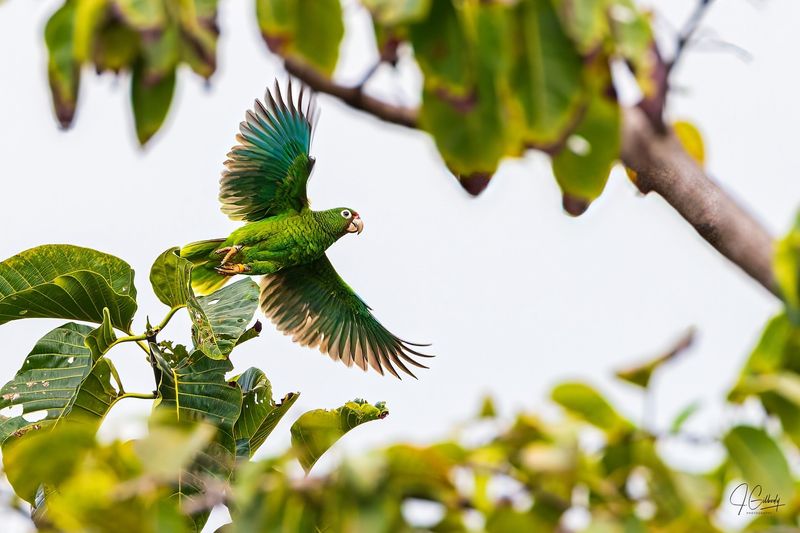
Parrots, especially those bred in captivity, are fascinating creatures. Their vibrant plumage and ability to mimic human speech make them popular pets. However, captive-bred parrots should never be released into the wild. The primary reason is that they lack the survival skills that their wild counterparts possess.
Years of breeding in a controlled environment have made them reliant on human care for food and shelter. In the wild, they face numerous threats such as predators, diseases, and lack of familiar food sources.
These parrots are not equipped to fend for themselves and often fall prey to environmental hazards. Moreover, they can disrupt local ecosystems by competing with native bird species for resources. Furthermore, captive-bred parrots can carry diseases that might not affect them but can be detrimental to wild populations.
Ensuring these parrots remain in captivity helps protect both the individual animals and the delicate balance of the ecosystem. Providing them with a safe and enriching environment in captivity is crucial for their well-being.
2. Domesticated Ferrets
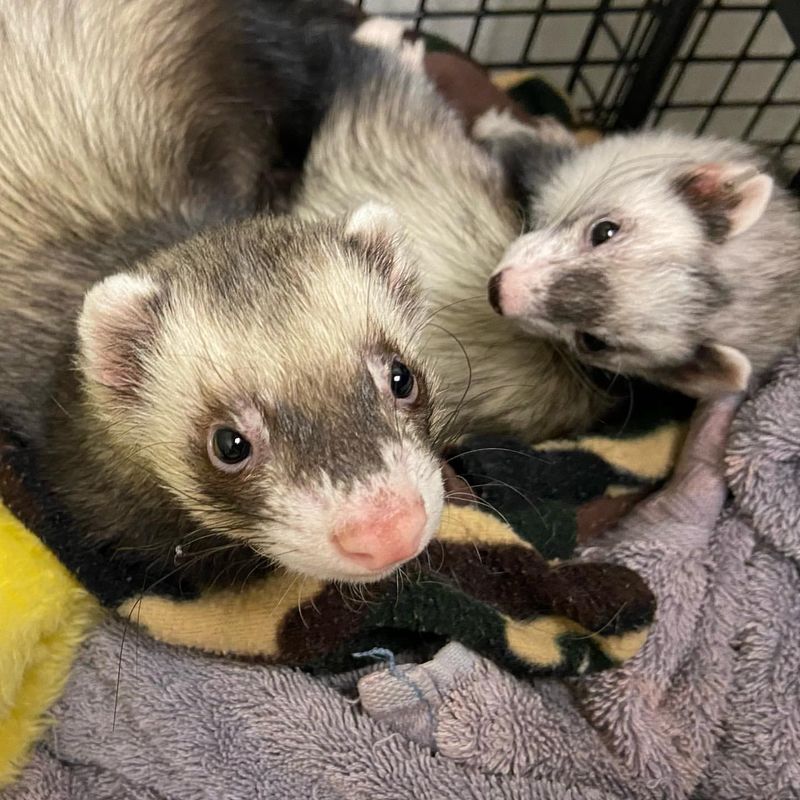
Ferrets have been domesticated for thousands of years, primarily for hunting rodents. These playful creatures have become popular pets due to their curious nature and playful antics. However, releasing a domesticated ferret into the wild could lead to dire consequences. In the wild, ferrets face numerous challenges, including predation and food scarcity.
Domesticated ferrets do not possess the necessary instincts to survive in such an environment. They rely heavily on humans for food, shelter, and healthcare, and without these, their survival is compromised. Moreover, domestic ferrets pose a threat to native wildlife, as they can become predators themselves, disrupting local ecosystems.
They can bring diseases to wild populations, further endangering them. Keeping ferrets in a controlled indoor environment, where they can be cared for and their playful nature can be nurtured, is the best option for these animals.
3. Certain Species Of Snakes (e.g., Ball Pythons)
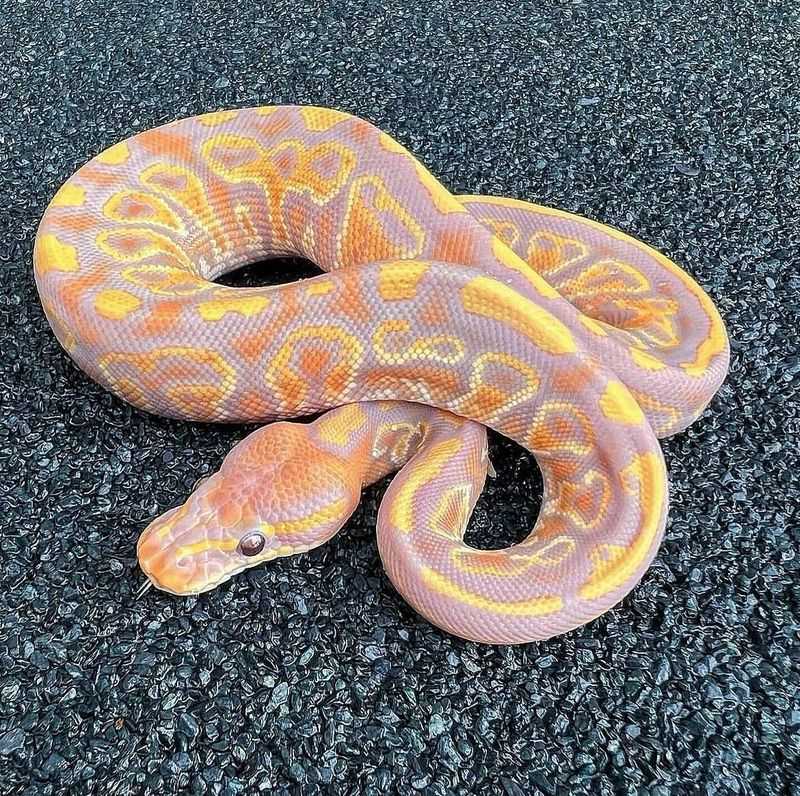
Ball pythons are one of the most commonly kept pet snakes due to their docile nature and manageable size. However, releasing them into the wild is not advisable. These snakes, like many other captive-bred reptiles, lack the skills necessary to thrive in a natural habitat.
In captivity, ball pythons are provided with ideal conditions, such as controlled temperatures, humidity, and a consistent food supply. In the wild, they would face challenges in finding food and suitable habitats, making survival difficult. Additionally, they could become invasive, threatening native species and disrupting ecosystems.
Captive-bred snakes can carry parasites or illnesses that, if released, could harm wild populations. To ensure their well-being and the health of local wildlife, ball pythons should remain in controlled environments where their needs can be adequately met.
4. Non-Native Turtles (e.g., Red-Eared Sliders)
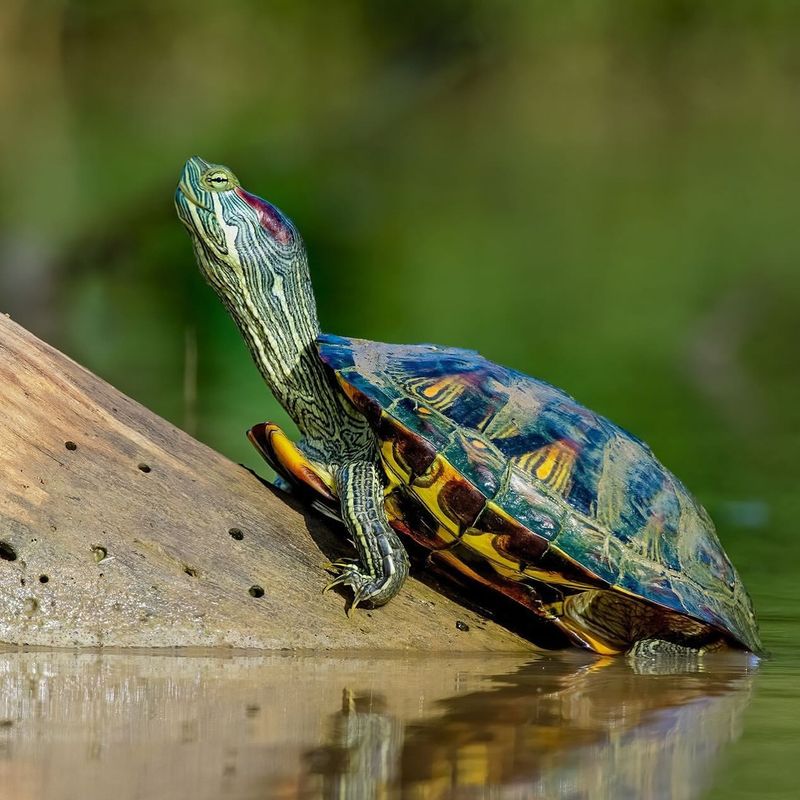
Red-eared sliders are a popular turtle species found in pet stores worldwide. Their appealing appearance and manageable size make them attractive pets. However, when released into the wild, they become a significant threat to local ecosystems.
As a non-native species, red-eared sliders can outcompete native turtles for resources such as food and basking sites. Their presence can lead to the decline of indigenous turtle populations. Additionally, they can introduce diseases that local wildlife may not be immune to, causing further harm.
These turtles thrive in controlled environments where their dietary and habitat needs are met, and their impact on ecosystems is minimized. Ensuring they remain in captivity protects both the turtles and the natural habitats they might otherwise disrupt.
5. Farmed Mink
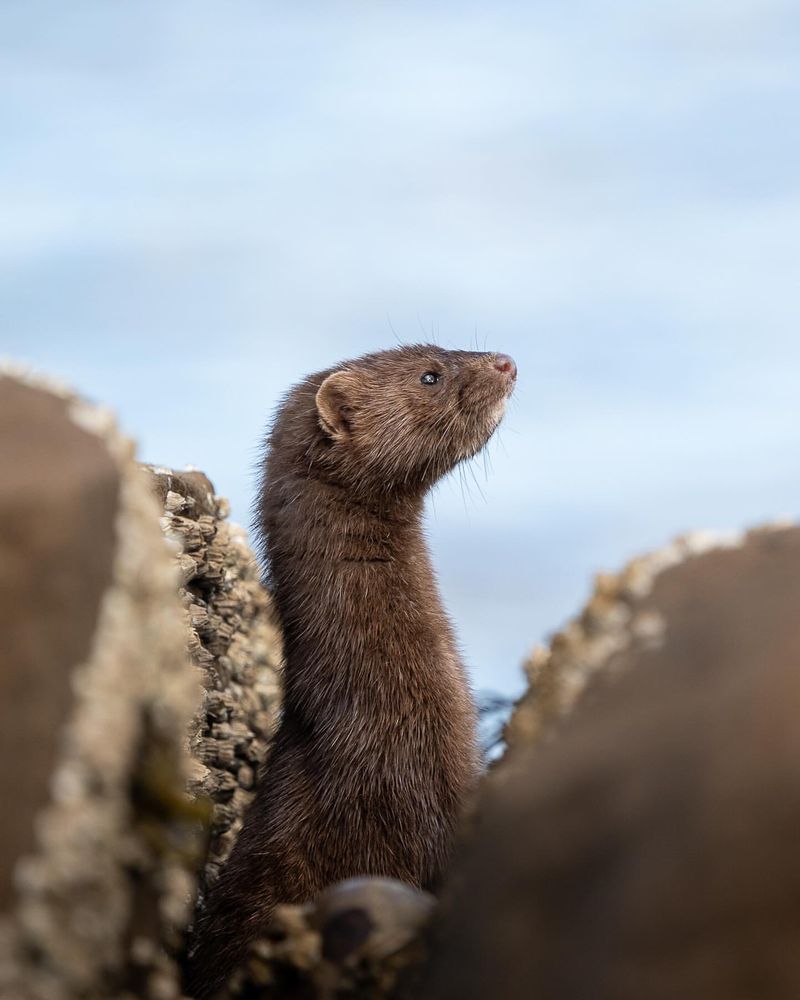
Minks are primarily farmed for their luxurious fur. While their wild counterparts are adept hunters and swimmers, farmed minks lack these survival skills. Releasing farmed minks into the wild can have catastrophic effects on local ecosystems.
Farmed minks are raised in captivity, where their needs are catered to, including food, shelter, and healthcare. Without these provisions in the wild, they struggle to survive. Additionally, these minks can become invasive predators, threatening native wildlife.
Furthermore, the spread of diseases from farmed to wild minks is a significant concern. Farmed minks can carry pathogens that may be benign to them but deadly to wild populations. Protecting these animals and the ecosystems they might disrupt requires keeping them in controlled environments.
6. Asian Goldfish Kept As Pets
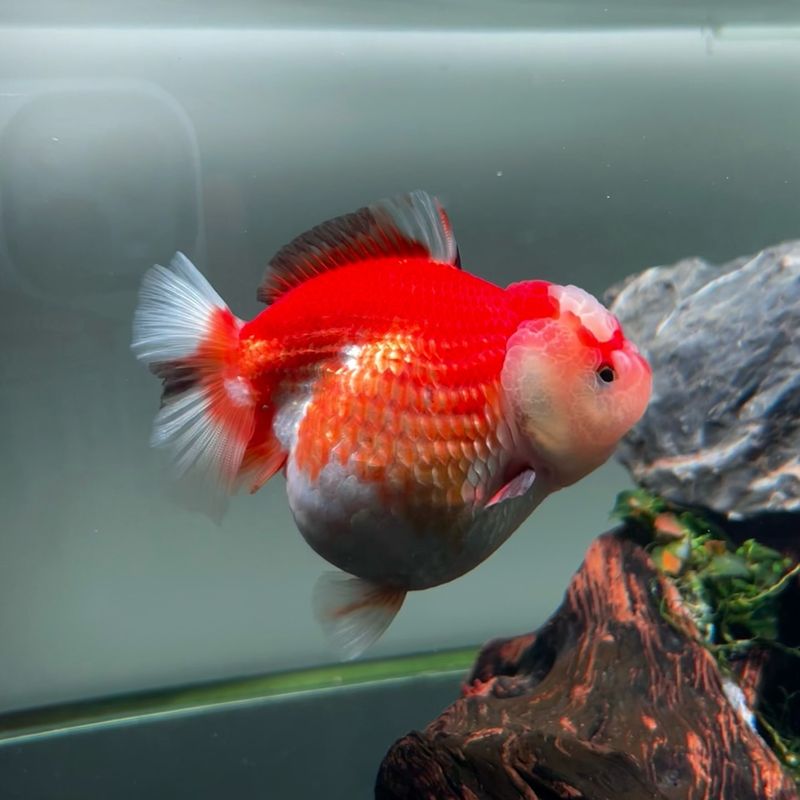
Goldfish are among the most common pet fish globally, known for their vibrant colors and adaptability. However, releasing them into the wild is far from benign. Asian goldfish can become invasive, posing a threat to local aquatic ecosystems.
In the wild, goldfish are highly adaptable and can outcompete native fish for food and habitat. Their feeding habits can disrupt the aquatic environment, leading to imbalances in the local ecosystem. Additionally, they have the potential to breed quickly and in large numbers, further exacerbating the problem.
Goldfish are best kept in aquariums where their environment can be controlled, and their impact on natural water bodies is eliminated. Maintaining them in captivity ensures that both the goldfish and the native aquatic life remain healthy and balanced.
7. Captive-Bred Primates (e.g., Marmosets, Capuchins)
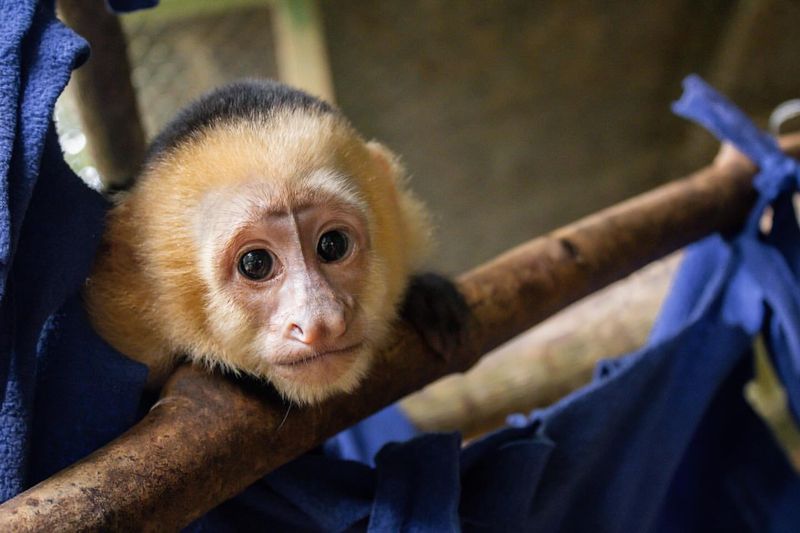
Primates, like marmosets and capuchins, are often bred in captivity for research, conservation, or as pets. Despite their intelligence and adaptability, these primates should never be released into the wild. Captive-bred primates lack the necessary survival skills needed in a natural habitat.
They are usually dependent on humans for food, shelter, and social interaction. Without these, their chances of survival are slim. Additionally, they can become carriers of diseases that might harm wild primate populations.
Primates have complex social structures and needs, which are difficult to cater to in the wild. If you keep them in a controlled environment where their health and welfare can be closely monitored is crucial. This approach ensures the safety of both the individual primates and the ecosystems they might otherwise affect.
8. Domesticated Rabbits
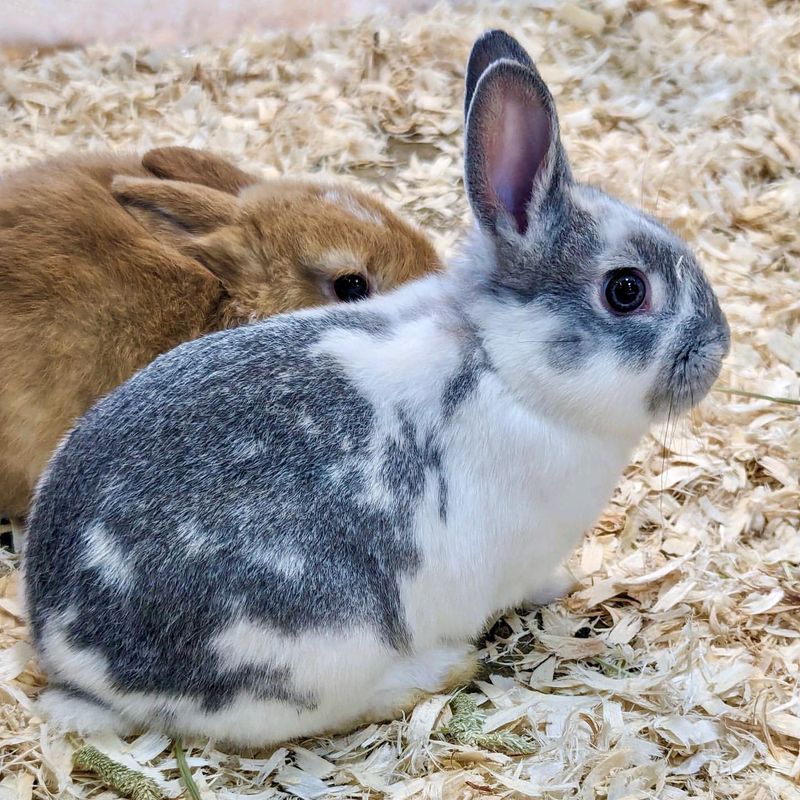
Domesticated rabbits are cherished pets worldwide, known for their gentle nature and fluffy appearance. However, releasing them into the wild is detrimental to their well-being. In the wild, domesticated rabbits face numerous threats, including predators, food scarcity, and harsh weather conditions.
Unlike their wild relatives, they lack the skills to forage for food and evade predators effectively. Their domestication has made them reliant on humans for survival.
Furthermore, domesticated rabbits can disrupt local ecosystems if they breed with wild populations, potentially introducing genetic anomalies.
Maintaining them in a safe, controlled environment ensures their health and prevents ecological imbalances. Providing them with proper care and attention in captivity is essential for their safety.
9. Captive-Bred Reptiles (e.g., Bearded Dragons, Leopard Geckos)
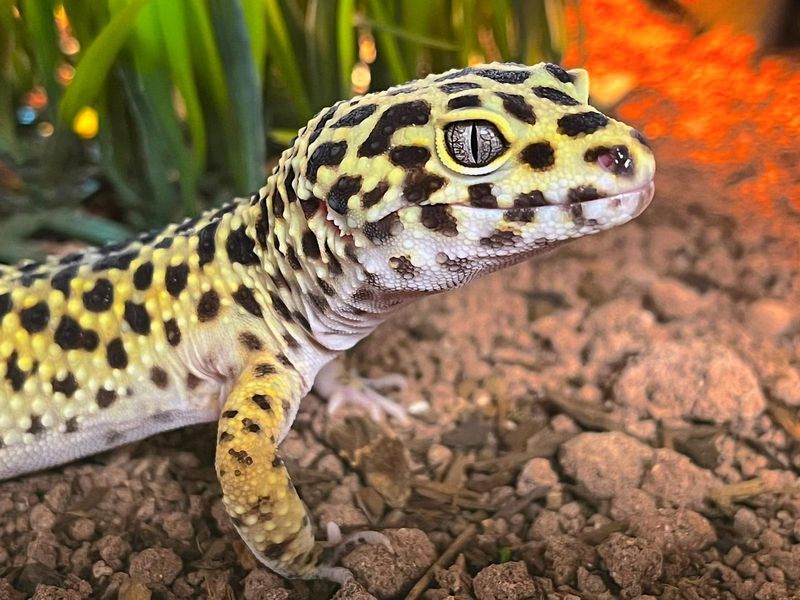
Bearded dragons and leopard geckos are popular pet reptiles, known for their unique appearances and behaviors. However, captive-bred reptiles should not be released into the wild.
These reptiles are accustomed to living in controlled environments where their needs, such as temperature, lighting, and diet, are met. In the wild, they would face difficulties finding suitable habitats and food, which are crucial for their survival.
Additionally, captive-bred reptiles can harbor diseases that might not affect them but could be harmful to wild populations. Keeping these reptiles in a monitored environment ensures their safety and prevents them from becoming invasive or spreading diseases in the wild.
10. Non-Native Invasive Birds (e.g., Monk Parakeets)
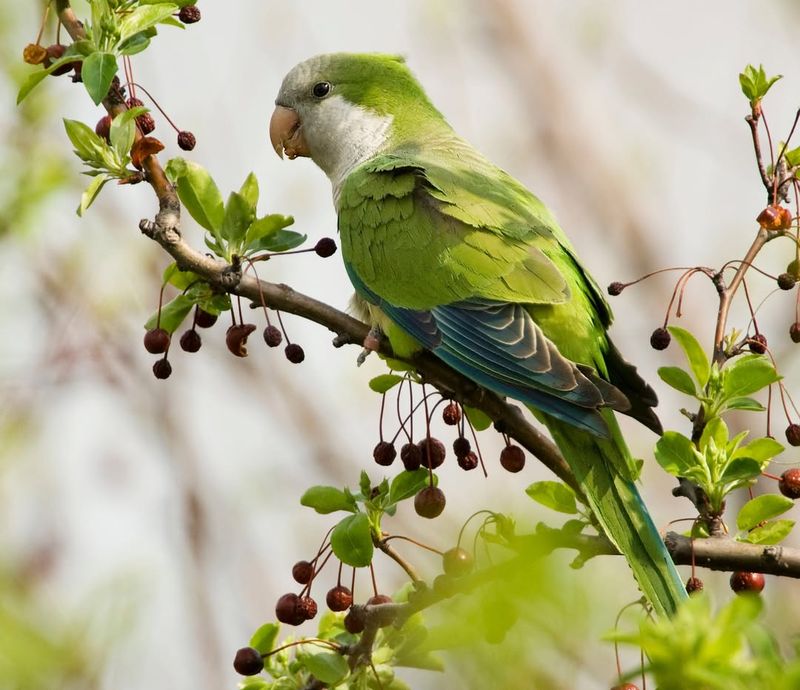
Non-native birds like monk parakeets are captivating and intelligent creatures. However, when released into the wild, they can become invasive and harm local ecosystems. Monk parakeets are known for their ability to adapt and form large colonies, which can lead to significant ecological disruptions.
They compete with native bird species for nesting sites and food, which can result in the decline of indigenous populations. Moreover, these parakeets can cause damage to crops, leading to economic losses.
Keeping them in controlled environments, such as aviaries, prevents them from becoming a threat to local wildlife and agriculture. This approach ensures both their safety and the protection of natural ecosystems.
11. Hybrid Cats (e.g., Savannah Cats)
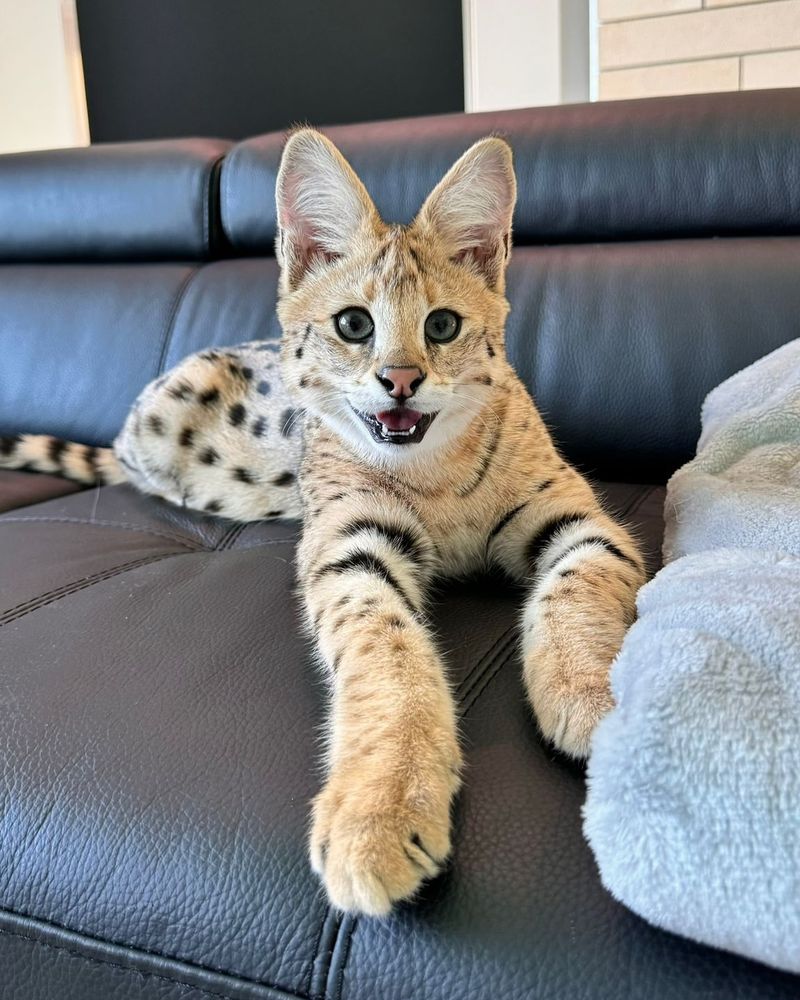
Hybrid cats like Savannah and Bengal cats are a blend of wild and domestic feline traits. While they are captivating pets, releasing them into the wild poses significant risks. These cats possess the hunting instincts of their wild ancestors but lack the survival skills needed in the wild.
They could become invasive, preying on local wildlife and upsetting ecological balances. Moreover, hybrid cats can introduce diseases to native feline populations, posing further threats.
To ensure their well-being and the safety of local wildlife, hybrid cats should be kept in controlled environments. This setup provides them with the care they need and prevents them from becoming ecological hazards.
12. Domesticated Hedgehogs
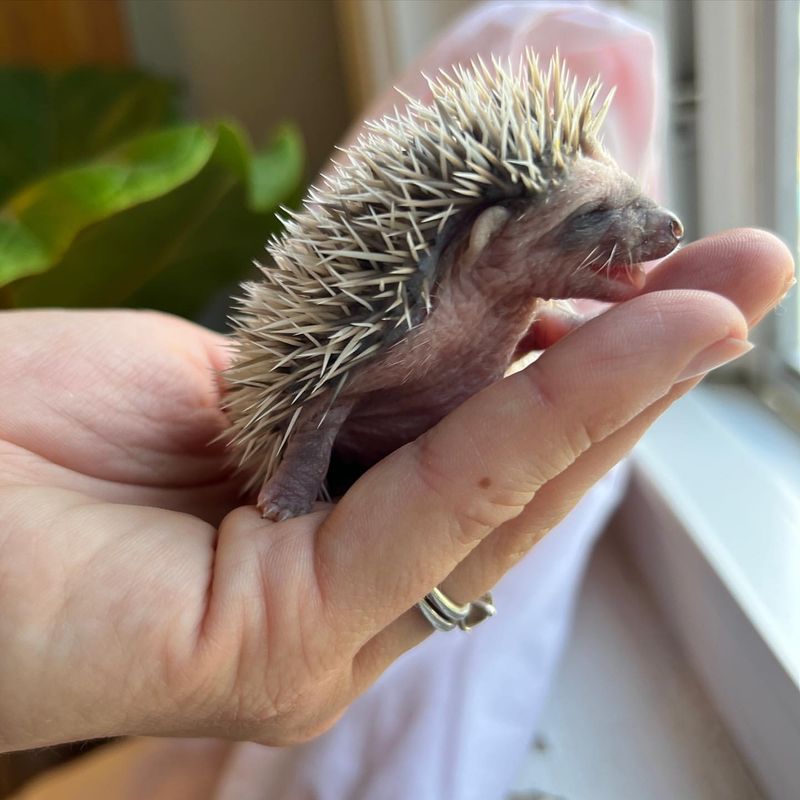
Domesticated hedgehogs have become popular pets due to their adorable appearance and low maintenance needs. However, releasing them into the wild is far from beneficial. In the wild, hedgehogs face numerous threats, including predators and environmental changes.
Domesticated hedgehogs lack the necessary skills to forage for food and protect themselves. Their reliance on human care makes their survival in the wild unlikely.
Moreover, they can become carriers of diseases that might spread to wild populations, potentially causing harm. Keeping hedgehogs in a controlled environment ensures they receive the care they need and prevents them from disrupting local ecosystems.
13. Captive-Bred Amphibians (e.g., African Clawed Frogs)
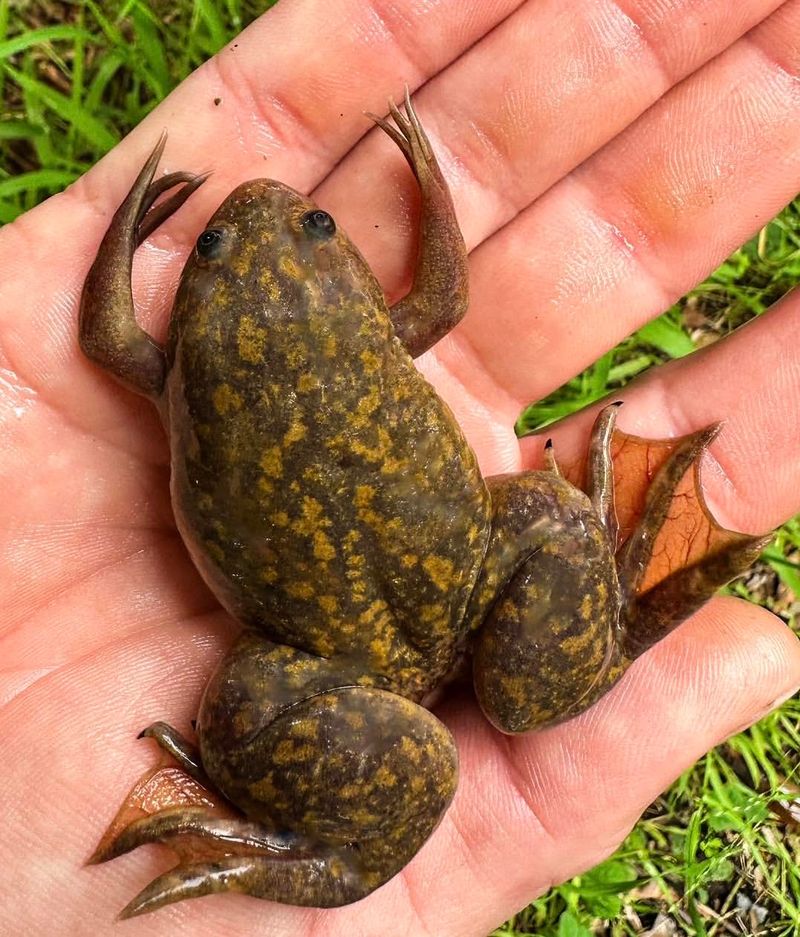
African clawed frogs are common in laboratories and as pets due to their adaptability and resilience. However, releasing them into the wild can cause ecological disruptions. These frogs are adaptable and can thrive in various environments, potentially outcompeting native amphibians.
Their presence can lead to the decline of local species and disrupt the ecological balance. Additionally, they can carry diseases that might not affect them but could be devastating to wild populations.
To preserve local ecosystems, captive-bred amphibians should remain in controlled environments. This approach ensures their safety and prevents them from becoming invasive or spreading diseases in the wild.
14. Farmed Foxes
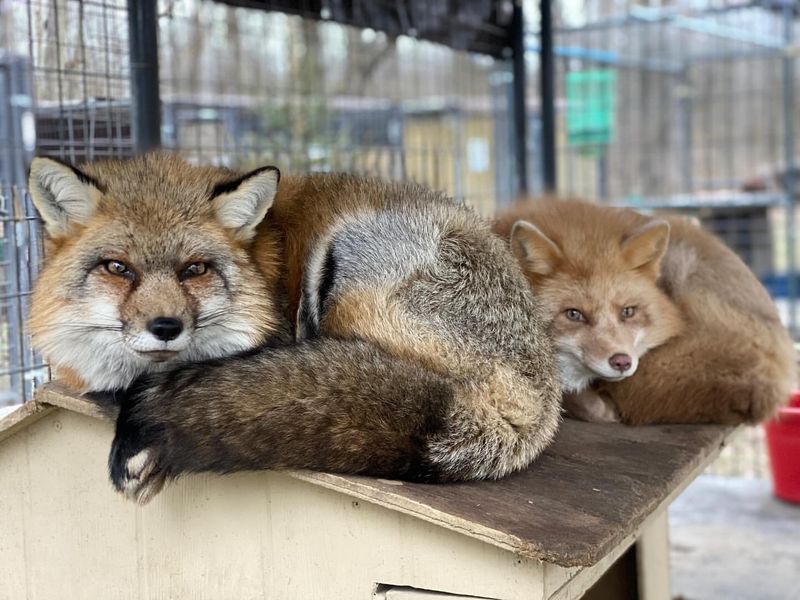
Farmed foxes, particularly those bred for their fur, such as silver foxes, are not suited for life in the wild. Years of breeding in captivity have dulled their survival instincts. In the wild, these foxes would face numerous challenges, including finding food and shelter and avoiding predators.
Their domestication has made them reliant on human care, and releasing them could lead to their demise. Moreover, farmed foxes can become invasive, preying on native species and disturbing ecological balances.
Keeping them in controlled environments ensures their safety and helps preserve natural ecosystems. Additionally, this approach prevents the spread of diseases that farmed foxes might carry.
15. Domesticated Pigs (e.g., Potbellied Pigs)
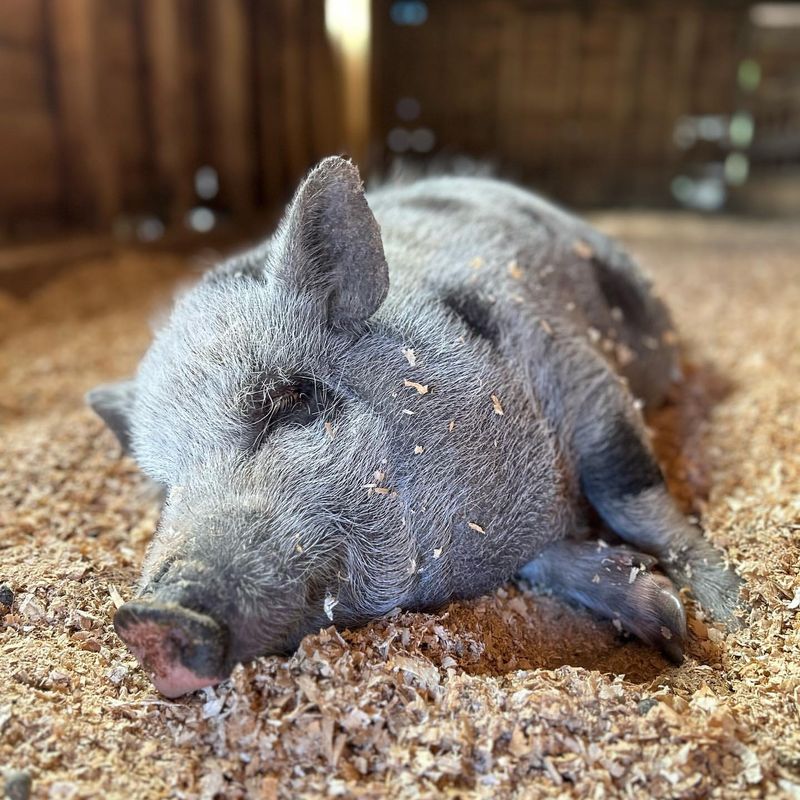
Potbellied pigs are a popular choice for pet enthusiasts due to their intelligence and friendly nature. However, releasing them into the wild has significant consequences. Domesticated pigs are not equipped to survive in the wild.
They lack the instincts needed to find food and protect themselves from predators. Additionally, they can become destructive, rooting through vegetation and disrupting local ecosystems. These pigs can also interbreed with wild boars, potentially introducing genetic issues into wild populations.
Keeping potbellied pigs in a controlled environment is essential to ensure their well-being and protect natural habitats. This setup allows them to thrive safely without posing risks to the environment.
16. Domesticated Dogs
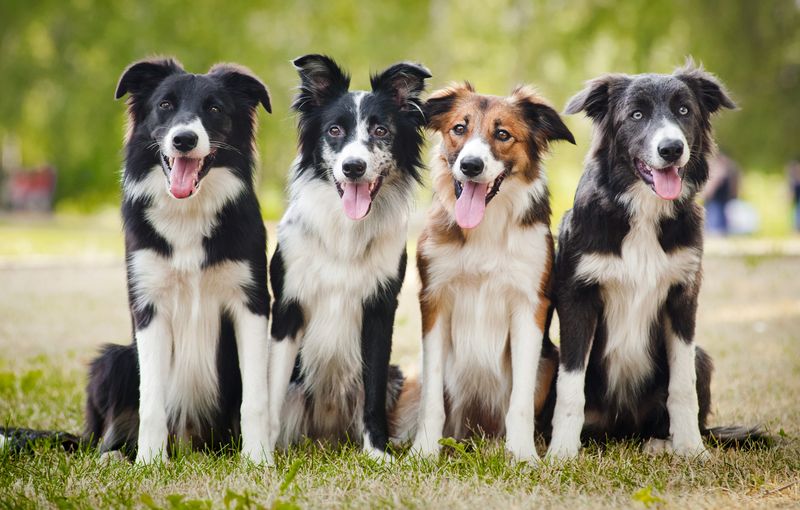
Domesticated dogs, despite their wild ancestry, have been bred for thousands of years to rely on humans for care, food, and shelter. Releasing them into the wild is dangerous not only for the dogs themselves but for local ecosystems.
Without proper training and instincts needed to hunt or protect themselves, they struggle to survive. Additionally, released domesticated dogs may become a risk to local wildlife or compete with native species for resources.
This leads to both their suffering and potentially disrupting the natural balance of the environment they are introduced to.
17. Captive-Bred Fish (e.g., Betta Fish)
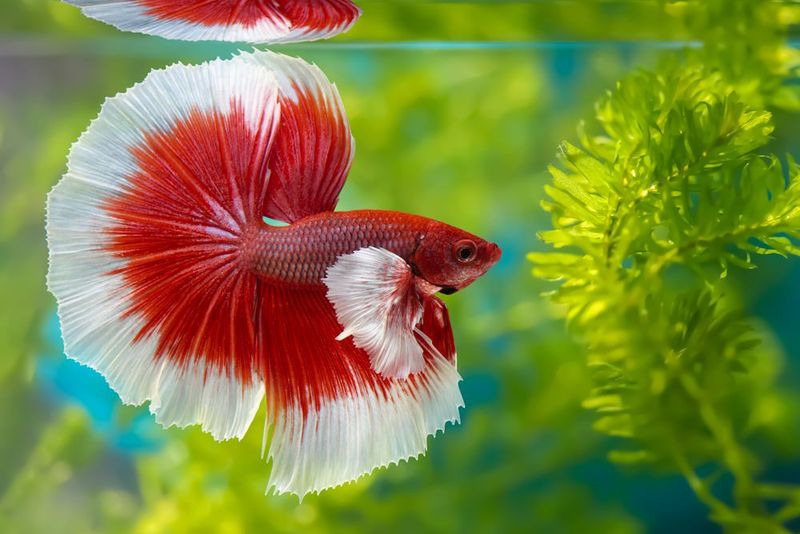
Captive-bred fish, such as Betta fish, are far removed from their wild counterparts and often struggle to survive if released into the wild. These fish are raised in controlled environments with specific water conditions that they cannot adapt to in natural settings.
Their lack of survival skills, like foraging or adjusting to fluctuating temperatures, can lead to their rapid demise. Furthermore, releasing non-native species into local water bodies can disrupt the ecosystem, potentially harming native fish populations and their habitats.

